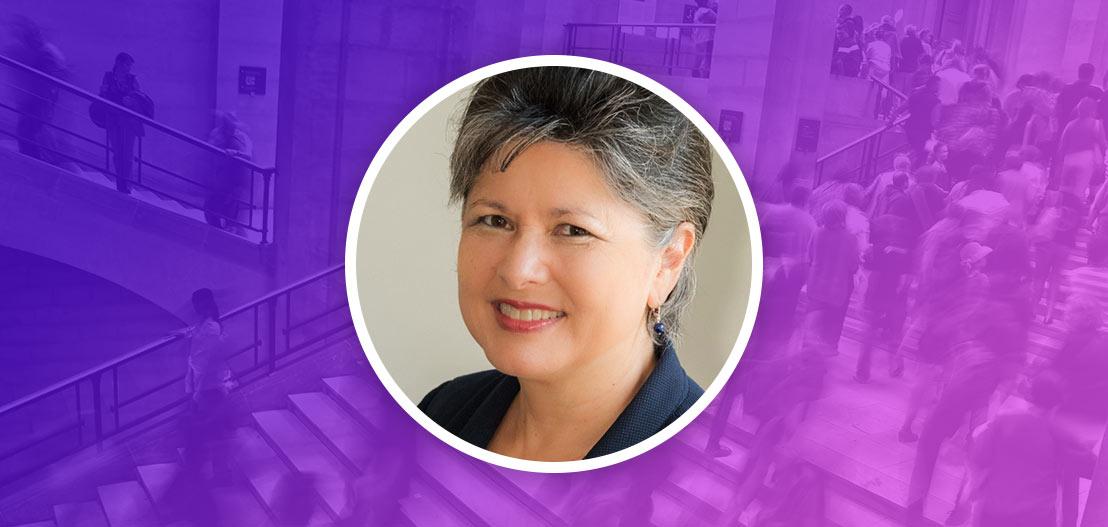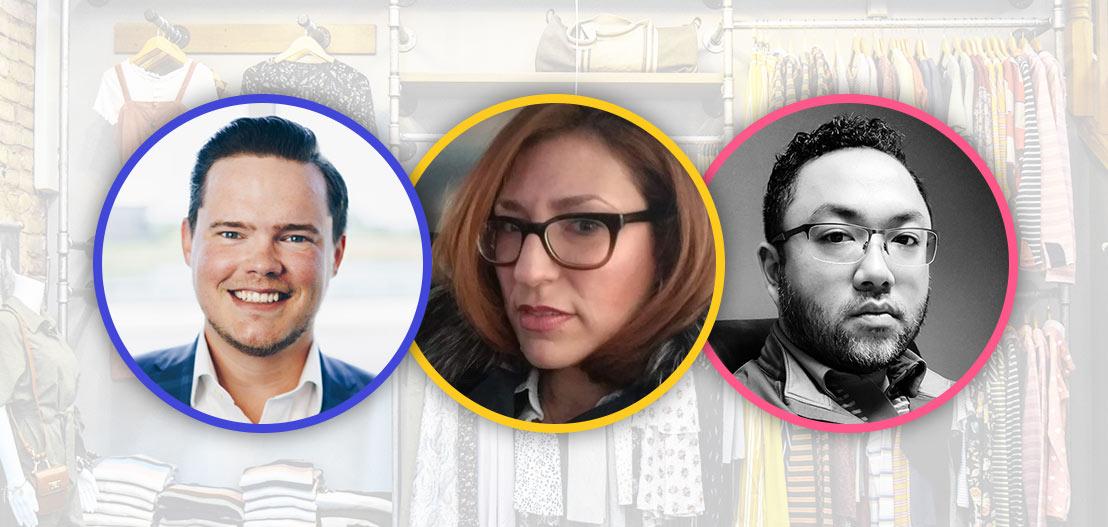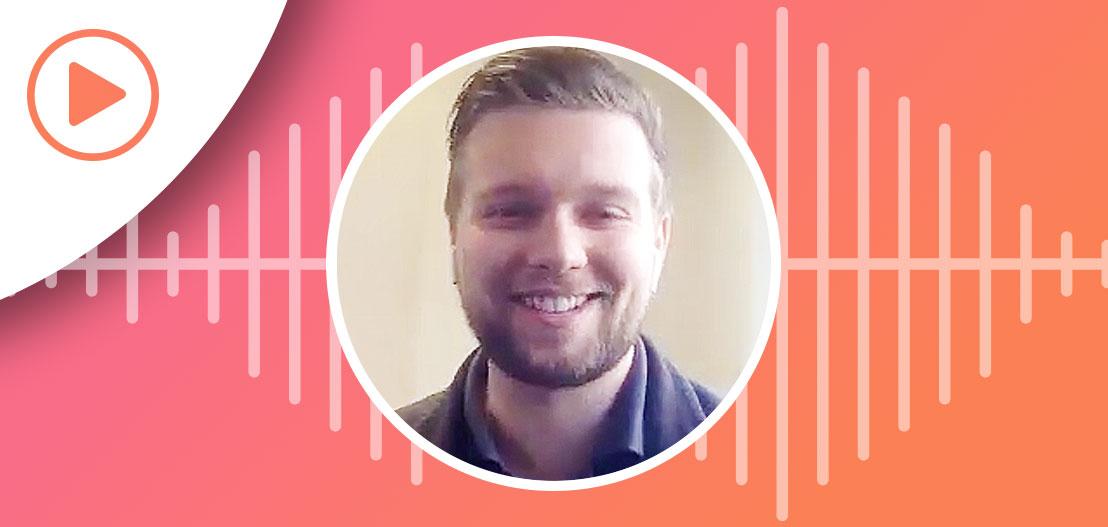More than a third (37.3%) of the U.S. workforce are age 50 or older and almost 15% of workers are age 60 or older. This means older workers continue to be a substantial and important part of the business world. And, by 2024, a quarter of the workforce will be over the age of 55 (yes, you read that right).
However, the unconscious discrimination often found in organizational culture suggests employers still have a lot of work to do when it comes to overcoming ageism and creating more inclusive workplaces for older employees.
To get the inside scoop on the reality older workers are facing and the lessons employers need to embrace, we talked with Jo Weech, CEO of Exemplary Consultants, a firm that supports startups and small businesses with strategies for HR, talent acquisition, and operations.
Weech is the author of the viral LinkedIn article, “Over 40 and Interviewing? Have these things happened to you?” and is also an award-winning conference speaker, having appeared at numerous national and global HR and recruiting conferences including DisruptHR and ERE Media’s Digital Conference.
Here are the highlights of our recent conversation:

In recent years, you’ve been one of the most prominent voices in pointing out the rampant unconscious age bias found in hiring.
Could you share some of the most common and harmful myths floating around about older workers – and what actual evidence reveals about those myths?
“Absolutely. As I see it, there are four big myths to talk about.
Myth #1: Older workers are technologically challenged.
People think that everyone in the 50 and older group are digital dinosaurs, because they weren’t born into technology.
“Younger people are thinking about their parents asking them to program their VCRs or asking them how to do things on Facebook, so that’s their frame of reference and they just think everybody of their parents’ generation is exactly the same, which, of course, we all know isn’t true.”
It’s like any kind of stereotype or generalization but it’s just an unconscious thing, so they are looking at older people as being slow to pick up on the technology, not able to comprehend how to insert a GIF into Slack or whatever. They’re just a feeling that that person, no matter what their other experiences are, is not going to be a fit for their culture.
Having said that, I work with job seekers and sometimes they ask, ‘I’m not really technological so will that hinder me?’ and I say, ‘Absolutely. It’s 2021 and there’s no excuse for not embracing technology and learning everything that you can.’ And here’s the thing: you don’t have to sign up to take a class on it. Just Google it and you’ll find a YouTube tutorial and you can be self-taught on how to do these things, but if you’re not spending 10-15 minutes a day upskilling then you may not fit into your next role. I think it’s just that critical, so I like to give job seekers that advice.
However—I would like to appeal to everyone in the hiring process, whether it’s the sourcer or the recruiter or the hiring manager: don’t make assumptions. Millennials and Gen Z don’t like being labeled and categorized. Yet it’s okay for them to say ‘Okay, Boomer.’ It works both ways, so we need to make sure that we’re doing what we can to eradicate our own biases. The number one issue is the technology viewpoint.”
Myth #2: Older workers are overqualified and shouldn’t get the job.
“I always tell job seekers as soon as you hear the word ‘overqualified,’ you say ‘Yes! That means you’re telling me that I have all the qualifications for this job and then some! When do I start?”’ When hiring managers think ‘overqualified,’ they think, and I’ve been told all of these things in job interviews, ‘You’ll be bored. There won’t be any challenges. There’s not a ladder for you to climb. We have no career path for you and we don’t hire anyone unless we can career path them.’
So, basically, they’re saying they’re never going to hire a senior person with experience because they’re already at the top of their game.”
Myth #3: Older workers will always want a higher salary.
“Everyone thinks that older workers are going to want way more salary, but the pandemic showed us that, if we don’t have to commute, that is a savings realization and we may be willing to work at less than what we may have made previously.
Or, maybe we aren’t being motivated by the money, maybe we just want to be more mission-aligned. But again, we’re not being given that opportunity.”
“It’s just assumed we’re going to want more money or that we feel like we deserve more money and so those conversations aren’t even being had with us because so many employers just make those false assumptions.”
Myth #4: Experienced workers always want to be in charge.
“The fourth thing is the fact that employers feel that people who are senior in experience and age are going to want to tell everyone what to do, because they may have overbearing parents, overbearing aunties, other overbearing people in our age category who just come in and do that. But it’s just a stereotype and it’s a myth that all of us are wired that way.
It’s unfair that those things are being projected onto people who really need to be in the room when you’re having the conversations, and being a part of them. When people get these great new ideas, they need to hear how more experienced people tried those ‘new ideas’ and what went wrong or what you need to do if you want to be successful. People think that they’re original in their ideas—but a lot of those ideas are just not original, they’re just being recycled, and are things that we have done previously.
So you need that kind of balance. And when you have collaboration with people of different ages, different races, different gender identification, whatever—the more diverse your group, the better solutions and success you will come to, because you’ll have so many different angles, that not one person or group of similar people will think of.”
Studies have shown that multigenerational teams are more successful when collaboration is valued and facilitated.”

More and more, people are working past age 65, so there are now more ‘older workers’ out there than ever before.
How are organizations adapting benefit programs to serve this growing demographic?
“First of all, I want to applaud that I live in a day and age where they have paternity leave, maternity leave, and accommodations for nursing parents. But when you look at the list, that’s a lot of reproductive benefits that a company offers, and then you look to see how many are being offered for being able to do eldercare … and there’s mostly none. There’s little to nothing for perennials in terms of benefits that are applicable to grandparenting (some are primary caregivers) and for elder care (caring for their parents).
There’s a lot for childbearing years, but none for people who are in a different season of life. At some point we’re going to have to look at benefits equitably and companies need to make sure that we are accommodating every employee who works there and the needs that they would have.”

Do you think we’ll see a shift in mindset that prompts employers to offer more benefits for older workers, especially as they become a larger percentage of the employee population?
“I’m not sure an increase in the proportion of older workers will change much about company policies or benefits. When you look at the people who own and run companies, they’re often in their 30s and 40s. So, they have been mostly focused on benefits for their age group, and there aren’t accommodations for people as they grow older.
I was listening to a group of job seekers who are in the 50-and-older groups and they say, ‘Just wait 10 more years and let’s just see how the benefits are going to change in the companies.’ But by then, some of them will not be here. People want to do things on their own, and they want to not have the advice from Mommy and Daddy and if you’re the age of their Mommy and Daddy, they really don’t want to take your input into consideration.”
Companies are paying more attention to certain types of disparities, but not others.
In recent years, we’ve started looking more closely at disparities in wages for people of color and promotions. I’m encouraged that DEIB has become the acronym for 2021. It makes me hopeful, but it really needs to be all-inclusive. So it should include all of the things, from pronouns to gender identity to neurodiversity to all of the different aspects.
But we’re still not seeing as much consideration for the age category. We’re not seeing the older person coming in there and getting in on the equitable distribution of benefits and the equitable opportunities for employment. That’s not translating over to our side of the equation.”
What are some of the best methods you’ve seen for reducing this kind of bias? And what are some new ideas out there that you hope get traction?
“Education is the most important thing because, when [bias is] unconscious, people are not aware. So, making people aware is of absolute importance.”
I remember speaking on the topic of age at a conference in San Francisco and there was a line for 45 minutes of people waiting to talk to me, because when they saw the images that I put up and then I started telling them things that people in a test group reacted to and what their thoughts were, people had no idea that that’s how they thought about different things, whether it was a veteran triggering somebody in their 20s in terms of the last movie they saw where the military was blowing up an innocent village or something like that.
This is what’s in their brains. They don’t even have parents who have ever served and some of them now don’t even have grandparents who have served so they don’t understand the military. They just think everybody is just in the infantry and they’re fighting wars and killing innocent people. But they don’t realize they are being influenced by movies they’ve watched.
You can’t legislate against bias. It’s just not going to happen. This is an internal thing: head and heart have to be affected. Bringing attention to these unconscious biases is the only the first step we can take to eradicate them, and I don’t think we’ll ever be able to fully do this, but it will help the more that we have education/training, and the more information that is put out there. Hopefully, more people will be held accountable and challenged.”
The antiracist movement has lessons for anti-ageism work.
“More people started becoming allies against racism in 2020, but by the end of 2020 we realized that it’s not okay to just be not racist, you need to be antiracist, because if you’re not antiracist, you will not help stop racism.
It’s the same thing with age discrimination and the same thing with neurodiversity, the same thing with veterans. It’s the same thing with every underserved population out there trying to be viable for jobs. We need to be against all discrimination. At some point recruiters have to ‘just say no’ to hiring managers who are demanding degrees from their alma mater, or someone with only 3-5 years of experience.
Although we may not be able to verbally say no, we have the power to be able to recruit from every possible source so we literally hold the keys to the kingdom, if you will, because we get to do the recruiting from all of the different places.
“Although we may not be able to verbally say no, we have the power to be able to recruit from every possible source. So we literally hold the keys to the kingdom, if you will, because we get to do the recruiting from all of the different places. We can recruit diversely even when not being asked to do so.”
If people are just searching on LinkedIn, that’s a problem. I don’t think that they’re necessarily recruiters for 2021 if that’s all they know how to do. So it’s a matter of finding all of the different groups, the professional organizations and saying, ‘Okay, if we’re going to have inclusive hiring processes, we need to be fishing in all of these different ponds.’
Then we’re really accessing whoever’s available at that point in time for that role with these experiences and those skills, and we know we’re getting the best people that we can put forward. That’s our job to do, and so we can do our jobs, and we can do that job very well.”

Here at Wonderlic, we’re really interested in how hiring teams and recruiters think about the value of “potential,” which might show up as competencies in a job description or objective hiring assessment data.
What do you personally feel are the best ways of gauging potential during the hiring process?
“I think it’s about attitude and aptitude. I remember taking a HR Generalist course a number of years ago, and we learned that that’s how Southwest Airlines would hire people. We learned the story about the owner who started Southwest Airlines. The story is loosely this: he found a really bright girl right out of high school. She had a great personality, morals, values, all the things that he couldn’t teach her. So he brought her on board to work in the accounting department to be trained as a bookkeeper and paid for her to go to college so she could get her degree in accounting and then she became like a senior accountant there, and all because she was hired for her attitude and aptitude.
There are a number of people that I’ve gone to the hiring managers about and I’ve advocated for them. I say, ‘Okay, I know this person has this, but I want you to know about these questions they asked.’ Sometimes those are hints, if not blatantly screaming, that someone is a prima donna. This person is going to be difficult to work with, because they do know ‘all that‘ but they know they know all that, and a form of pontificating came through during the process.
Then there’s this other person over here. They don’t have this particular thing, but they’ve learned this other thing on their own during the pandemic. They took these classes and got these certifications because they were motivated.
What’s important is really working with your hiring managers to advocate for the people they will not naturally gravitate toward hiring. This goes back to the whole adage about old people, that you can’t teach an old dog new tricks, but if they have the aptitude to learn new things and the attitude that they want to learn and grow, then that’s someone with humility.
You’re going to want their expertise, their seasoned wisdom and experience, coupled with the acknowledgement and desire to learn, and their commitment to learning it because they need that job.”







